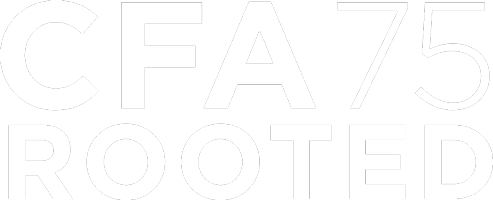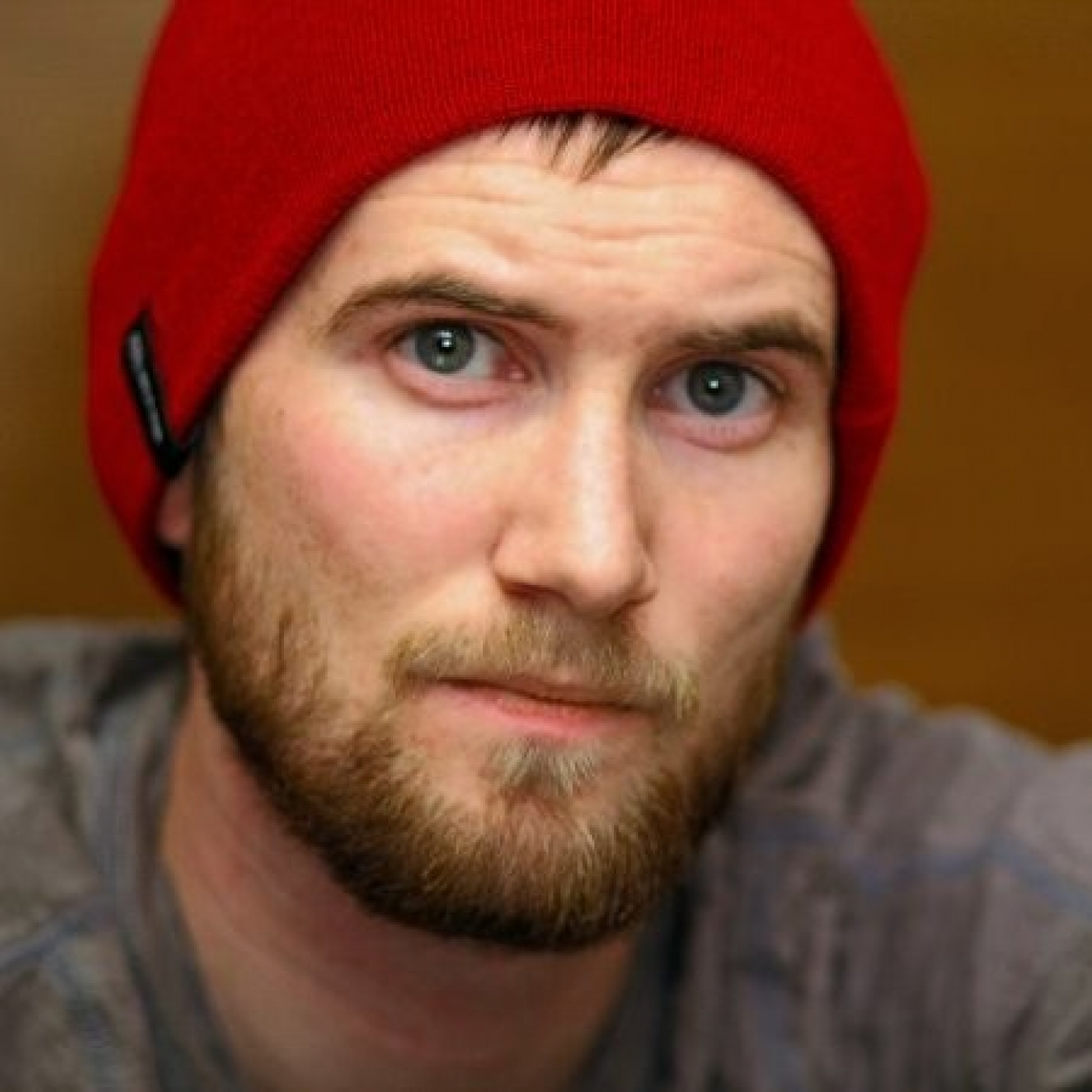MAGNIFYING is a series dedicated to showcasing the talent of our students, faculty, and staff to help you learn more about the remarkable individuals within our creative community here at the College of Fine Arts.
Benjamin Sandberg is an Assistant Professor (Clinical) and the Audio-Visual Specialist for the School of Dance at the University of Utah. An alumnus of the Department of Film & Media Arts, during his student days he worked as a videographer with the Departments of Ballet and Modern Dance, recording many performances. He also worked with the Department of Theatre filming, editing and producing promotional videos as well as at the Marriott Library as an Audio-Visual Archivist. Now Ben not only oversees all aspects of audio-visual services for the School of Dance, he is integral to the Screendance Graduate Certificate program and mentors all graduate and undergraduate videographers. This year, when COVID-19 changed the performance landscape for the foreseeable future, Ben dove in headfirst in allowing the school to pivot to a livestream format for all concerts, incorporating multi-camera capture and live mixing.
Tell us a bit about your background. What made you study Film & Media Arts, and what were your initial career plans?
When I did the film program at the U, it was mostly just because I really liked the arts. I knew that I wasn't much of a performer, but I liked being creative — and I'm also a big nerd, so I've been working with tech my entire life. I thought, "Let's go into something creative that’s also very tech-y." I decided Film & Media Arts was a great venue for me to do that. I didn't really have too much of a specific career goal so much as I knew that I was interested in doing multimedia. If I had any one career goal it was to make sure that I was doing some video editing. Who would have guessed I'd be where I am now — but editing is a big part of what I do.
My editing classes were the highlight of my time in Film & Media Arts. One of my classes was focused on Final Cut 7 — at the time, Final Cut 7 was at the end of its life, and we were about to move to Final Cut 10. The class was designed to get us through the Apple certification process with the program, but only about a third of the class actually ended up getting the certification by the end. I did well and became Apple certified in Final Cut 7. tI also took a class in After Effects, which was more graphic animation for video, and a little bit more of the advanced stuff and that was very very important what I do now. After Effects is a big part of editing, doing promos, and being able to implement graphic animation as well.
You had already started working with the School of Dance before you graduated, how did your professional experience affect what you did next?
While I was in college, I worked full-time between a bunch of different jobs. I worked at the City Library doing maintenance stuff, and at the University’s Marriott Library in Special Collections. There, I was digitizing old films, old vinyl records, just a lot of really old multimedia archives. I was there when they first got 8mm and 16mm capture decks, where we could capture film stock in HD formats. For several years while I was in my undergrad, I was the only one there who was trained to do that.
I was doing an independent study, a short film with a friend of mine. We hired Brenton Winegar as our audio person on set, and he also happened to be the person who has my current job — the Audio-Visual Specialist for the School of Dance. He was hiring videographers to help him film School of Dance performances. After our shoot, he contacted me and said, “Hey would you like to come and film some dance? We’ll hire you at the School of Dance and pay you.”
So on top of my two other jobs I added that one. Over the course of two years, I got really good at filming dance live, and I also had a lot of experience archiving and managing multimedia. When I was getting ready to graduate, Brenton was getting ready to go to a new job at KUED. He encouraged me to apply for his position at the School of Dance. It was a perfect fit. I just came in with skills that they needed at the time.
School of Dance performances have been filmed in the past, but never to the degree they needed to be captured this year with COVID-19. What was the process of successfully adapting entirely to virtual performances?
We were really ahead of the curve in a lot of ways, which had a lot to do with the Screendance Program, and the fact that my position already exists. Many dance schools wouldn't have a position like mine. But, because Ellen Bromberg invested in Screendance many years ago, she helped fight for my position to grow and expand. When I first took the position, one of my goals was to upgrade our equipment. We were still using a lot of tape, which was an old format even when I arrived. We were definitely moving away from DV tape, and were well into the digital realm, so I wanted to digitize all the cameras that Screendance was using. I also wanted to upgrade our show cameras, to get us where we're going in the future. Over the last couple years, we ended up upgrading our cameras to 4K Super 35mm Sony FS5.
When COVID-19 hit, and when we started to realize that we were going to have to cancel shows or do them virtually, we were in a pretty good place because we already had good equipment. Cheaper cameras are not going to have the video outs that you need in order to be able to livestream and have it look good. Traditionally, we filmed all of our shows with two camera angles: one wide and one moving camera. But, really quickly you realize that with just stationary cameras, it can feel dead — there's no vibrance. For our virtual shows, we wanted to add another dynamic angle and a little bit more life to the video. The fact that we were able to do it is pretty amazing.
I think the thing that benefited me the most is making sure to set up projects constantly. The more people you work with, the more connections you can make, your name gets around. So, just doing more shoots, being on more projects — it's one of the best things you can do.
I would have been a lot more nervous had I not been editing multi-camera footage before. I was kind of already practicing for years to do a live show in this way. Instead of editing in Premiere, I'm doing everything on a switcher and with live streaming software. The skills pretty much transferred over. The entire beginning of the semester, getting it all set up, running all the cables, figuring out what streaming service and platform we wanted was incredibly stressful. There were definitely some nerves going in, but once we did that first show a weight lifted off our shoulders.
A great deal of credit goes to the team working with me. I've always had videographers on staff that work with me of way that I did before, almost always from the Department of Film & Media Arts or the School of Dance. Videographers tend to pick it up a lot quicker if they have a dance background. They know the language already. It took me a lot longer to learn how to film dance live than a lot of the people that I train now who have dance backgrounds.
What advice do you have for students following a similar path to you?
I think the thing that benefited me the most is making sure to set up projects constantly. The more people you work with, the more connections you can make, your name gets around. So, just doing more shoots, being on more projects — it's one of the best things you can do. Just getting the degree doesn't always get you where you want to be. Working with people, having good relationships with those people you work with...that leads to a lot of opportunities.


